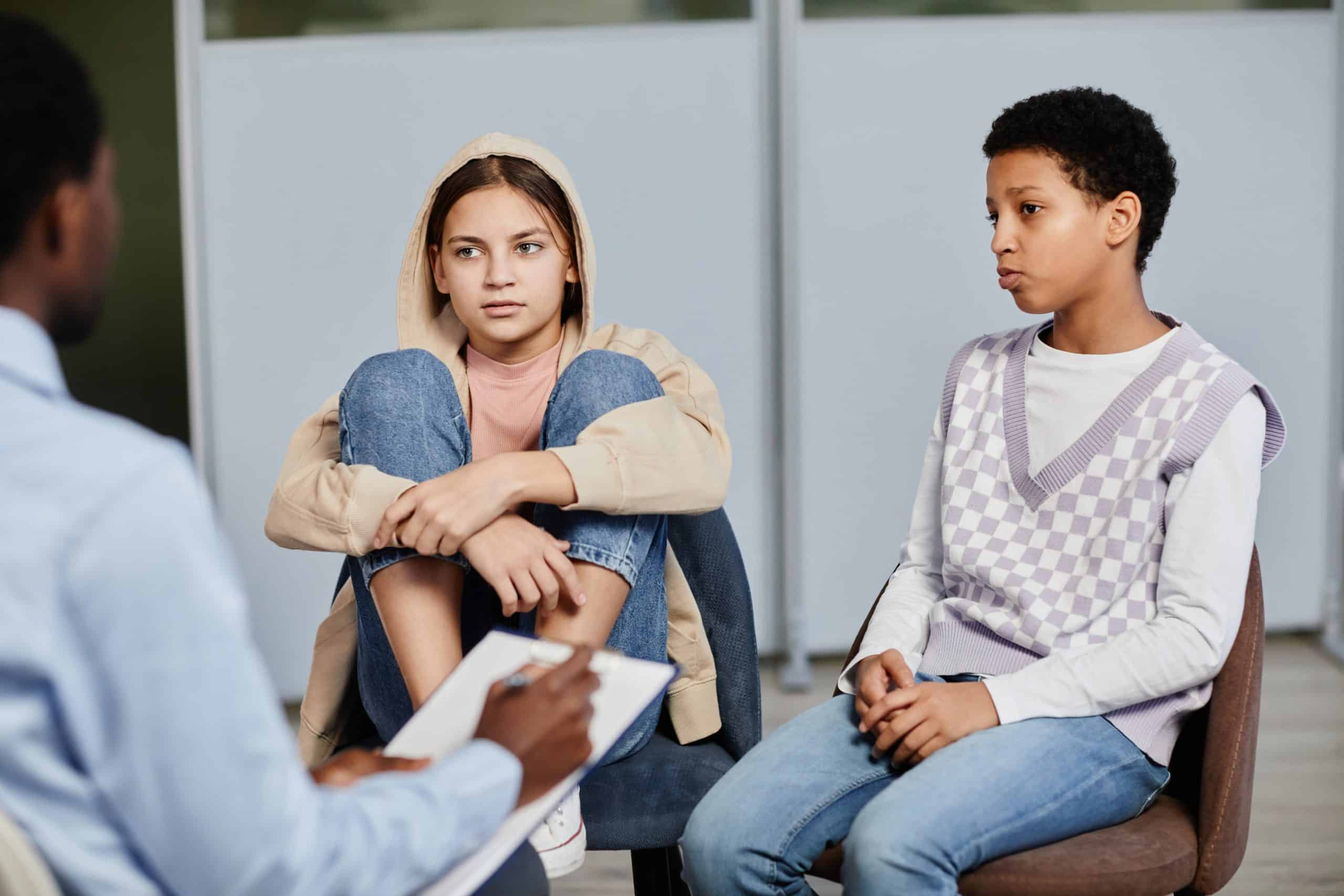What Benefits Do Art Therapy Sessions Have on Veterans with PTSD?

The art of therapy is a powerful tool for healing, serving as a bridge that connects the conscious and subconscious mind. It is a potent means of expression, especially for those who struggle to vocalize their pain and emotions. For military veterans dealing with post-traumatic stress disorder (PTSD), a condition defined by the aftermath of traumatic experiences, art therapy has emerged as a promising treatment method. This article delves into the benefits of art therapy for veterans living with PTSD.
The Intersection of Art and Therapy
Art therapy is a form of psychotherapy that uses creative mediums – painting, drawing, sculpture, music – as a means of expression. It is more than an art class. It is a therapeutic process facilitated by a professional art therapist who guides participants through the process of creating and reflecting on their art. The goal of this therapy is to help individuals explore their feelings, reconcile with emotional conflicts, foster self-awareness, manage behavior and addictions, develop social skills, improve reality orientation, reduce anxiety, and increase self-esteem.
Cela peut vous intéresser : Can Aromatherapy Be Used as an Adjunctive Tool for Pain Management in Palliative Care?
Art therapy has become particularly significant in the treatment of PTSD among veterans. The traumatic experiences from their time in the military often leave deep psychological wounds that manifest as PTSD symptoms, which include intrusive thoughts, avoidance behaviors, negative changes in thinking and mood, and alterations in arousal and reactivity.
The Power of Art in Healing Trauma
The creative process involved in art therapy can be a safe way for veterans to explore their traumatic memories without the direct confrontation that can trigger intense emotional responses. When words fail, art can provide an alternative language for veterans to express their feelings and thoughts.
A lire également : How Does Nutrient Timing Around Exercise Influence Muscle Recovery and Growth?
A study published by the doi:10.1080/07421656.2013.819289 in the Art Therapy Journal of the American Art Therapy Association found that creative arts therapy reduced PTSD symptoms and improved mood states among military service members with traumatic brain injury and PTSD.
Participants in the study engaged in various forms of creative arts therapy, including visual arts therapy, movement therapy, and music therapy. They reported significant reductions in symptoms of depression, anxiety, and somatic stress. Art therapy allowed these veterans to externalize their trauma, facilitating their psychological healing.
Art Therapy Sessions: A Safe Space for Veterans
In art therapy sessions, veterans are allowed to explore their trauma at their own pace in a non-threatening environment. Art therapists guide veterans to create art that expresses their inner world, offering a sense of control often lost in traditional talk therapies.
Veterans can use art to symbolize their traumatic experiences, a process that can serve as a stepping stone toward verbalizing their trauma. Expressing trauma through art can provide a visual representation of their experiences, making their trauma more tangible and therefore more accessible to therapeutic intervention.
The beauty of art therapy lies in its flexibility. It is not prescriptive, but rather, it adapts to the individual needs of the veterans. Whether they choose to paint, draw, sculpt, or engage in other art activities, the focus is not on the final product, but on the process of creation. This process can be therapeutic in itself, serving as a mindfulness exercise that keeps veterans rooted in the moment, away from their traumatic memories.
The Role of Art Therapy in Broadening Treatment Horizons
Art therapy can be used in conjunction with other treatments for PTSD, such as cognitive-behavioral therapy (CBT) and medication. It provides another avenue to approach the healing process, one that can be highly beneficial for veterans who may be resistant to other forms of therapy.
Moreover, art therapy can also help improve physical health. A study published in the Journal of the American Art Therapy Association, doi:10.1080/07421656.2010.10129357, found that art therapy can lower the heart rate, blood pressure, and cortisol levels – all indicators of stress.
Art therapy may also serve as a buffer against the societal stigma that often surrounds mental health treatment, especially within the military community. By engaging in art therapy, veterans can feel that they are participating in an activity rather than attending a therapy session, which may make them more inclined to continue treatment.
Art Therapy: A Ray of Hope for Veterans with PTSD
Art therapy sessions have shown immense potential in helping veterans cope with PTSD. They provide a safe, non-judgmental space where veterans can express themselves freely, helping them to navigate their emotions, reduce stress, and improve their overall well-being. Moreover, art therapy sessions can help veterans regain a sense of control over their lives, a crucial step towards their journey to recovery.
The power of art therapy lies in its ability to tap into the therapeutic benefits of creativity, helping veterans to connect with their emotions and trauma in a safe and constructive way. Its role in the broader spectrum of PTSD treatment offers a promising avenue for further research and application.
Transformative Effects of Art Therapy on Mental Health and Overall Well-being
The transformative power of art therapy extends beyond managing PTSD symptoms to enhancing the overall mental health of veterans. By encouraging self-expression, art therapy promotes self-discovery and introspection. This approach has shown potential in helping veterans combat feelings of isolation, a common issue for many who have served in the military.
Art therapy has also shown promise in improving the overall well-being of veterans. By focusing on the creative process, veterans are often able to distract themselves from negative thoughts, thus promoting positive emotions. In essence, art therapy provides a sense of accomplishment and fulfillment, key components in enhancing self-esteem and promoting mental wellness.
Furthermore, engaging in art therapy also promotes relaxation and reduces stress, as evidenced by a study published in the Journal of the American Art Therapy Association, doi:10.1080/07421656.2010.10129357, which found a reduction in heart rate, blood pressure, and cortisol levels among participants.
The power of art therapy in improving mental health is not to be underestimated, as it provides a holistic approach to healing. It not only addresses the psychological wounds inflicted by PTSD but also promotes an enhanced sense of well-being and improved overall mental health.
Art Therapy: A Path Towards Long-term Recovery and Resilience
Art therapy for veterans with PTSD is more than just a treatment – it’s a journey towards long-term recovery and resilience. The therapeutic benefits of art therapy extend beyond the sessions, equipping veterans with skills and coping mechanisms that they can apply in their daily lives.
A study by doi:10.1080/07421656.2013.819289 showed that service members reported a reduction in PTSD symptoms and improved mood states, demonstrating the potential of art therapy in promoting long-term recovery. By externalizing trauma, veterans can gradually learn to manage their emotions and build resilience.
The process of creating art can also serve as a form of mindfulness exercise, helping veterans stay present and focused, away from their traumatic memories. This focus on the present moment is a key component of resilience and can greatly aid in long-term recovery.
In conclusion, art therapy offers a promising avenue for the treatment and management of PTSD among veterans. Its ability to tap into the therapeutic benefits of creativity has shown immense potential in helping veterans navigate their emotions, reduce stress, and improve their overall well-being. Art therapy is not merely a treatment, but a journey – a journey towards self-discovery, recovery, and resilience.
